Notes
Behind the Niqab: The (Male) Photographer's Perspective of Life Through the Veil – Part 2
In this second of two posts, contributor Karrin Anderson reviews photo stories by male photographers imagining what it’s like for Muslim women to experience life through a veil. See the first post here.
In a previous post, I assessed Hassan Ammar’s depictions of the view from behind a niqab, a journalistic project in which a male photographer sought to empathize with women compelled to wear a full niqab—particularly those in Iraq and Syria who are under the control of ISIS. Ammar is not the first male photographer to undertake this type of project. An examination of other, similar attempts illustrates how complex the task of generating empathy can be.
In 2014, Faisal Almalki slipped his camera behind a veil, billing his experiment not as a way to understand the plight of women being persecuted by misogynistic extremists. Instead, Almalki said that he “always wanted to understand this subculture [of women who veiled] and I thought if I managed to at least see the world as they see it, I might scratch the surface of ‘walking a mile in their shoe.’” Almalki, then, was interested in the phenomenon of voluntary, rather than compulsory, veiling.
The first difference between Almalki’s and Ammar’s photos is that veils used by Almalki appear to have varied degrees of sheerness, with none as dark as the shrouds in Ammar’s collection. Consequently, for Almalki, the veil is a less pronounced border between the viewer and the viewed. To be sure, the images have a dull, gauzy quality, but the blackness that characterizes Ammar’s shots is less present in Almaki’s images. In this shot, for example, there is an almost unobstructed view of the blue sky and green trees:
Others are darker, and communicate the more claustrophobic impression present in all of Ammar’s shots.
But it was this relatively innocuous shot of a bouquet of flowers that prompted the photographer to reflect on the ways in which his own biases and perspectives were shading his view of Muslim women who choose to wear veils.
The Huffington Post’s interview with Almalki stated the following:
“I took a few photos of flowers as seen from behind the veil, except some of those flowers weren’t real – but the veil affects vision enough for us (i.e. her) not to see the difference. And that’s when I realized that I wasn’t trying to understand veiled women, I was trying to judge them.” While the project began as an effort to see through an Islamic woman’s eyes (and veil), it ended up revealing the biased mode of viewing that the artist himself possessed.
Almalki’s self-reflection reveals that seeing and perspective-taking are two very different types of activities. Laura Mulvey famously theorized the “male gaze,” arguing that most mainstream cinema positions the viewer as a heterosexual male subject and the viewed as a female object. This perspective was so dominant during the time period in which Mulvey was writing, even women, non-heterosexual men, and men who were not overtly sexist tended to “see” this way when watching a film. Almalki’s point is similar. If we approach a perspective-taking activity with a dominant perspective that is sufficiently ingrained, we might unconsciously short-circuit the exercise, allowing the veil of our own prejudices to blur the distinctions between someone else’s perspectives and our own.
Almalki ultimately shifted the focus of his photo collection, explaining that “when I started working on this project, I kept saying that I wasn’t pro or against veils, I just wanted to offer their perspective to the world . . . .” Eventually, however, he concluded that “Those pictures instead became a portrait of my prejudice . . . I’ve always resented how some Western media outlets profiled Muslims and Middle Eastern [individuals], and this showed me how I was doing the same.”
Consideration of Ammar’s and Almalki’s “behind the veil” collections reveals the ways in which the project of perspective taking is often complicated by the act of perspective making. Artists and photojournalists occupy positions of privilege. The ability to frame a shot and have that image published in and discussed by major outlets is a privilege. Unfortunately, that privilege is too often reserved for men.
The most prominent “behind the veil” collections discussed in mass media in the last few years (Ammar’s, Almalki’s, and a more troubling collection by Hossein Fatemi published in the New York Times Sunday Review which I discussed here last June and is exemplified above) showcase men’s perspectives on this highly gendered issue. It would be interesting to see what a “behind the veil” series might look like if photographed by someone for whom veiling is not a temporary curiosity. Despite their sheer nature, veils are weighty adornments—they can be heavy with devout religious conviction or extreme political oppression. They can function to insulate or isolate. But like the women who choose or are compelled to wear them, veils are diverse in type and tone. If only the photographers who are given prominent platforms to take us “behind the veil” were similarly diverse.
~ Karrin Anderson | @KVAnderson
(photo 1: Faisal Almalki, Lone Canyon series, “Untitled Dyptick B”; photo 2: Faisal Almalki, Lone Canyon series, “Postcard VII”; photo 3: Faisal Almalki, Lone Canyon series, “Postcard X”; photo 4: Faisal Almalki, Lone Canyon series, “Call It True Love IV”; photo 5: Hossein Fatemi, “Yalda.”)
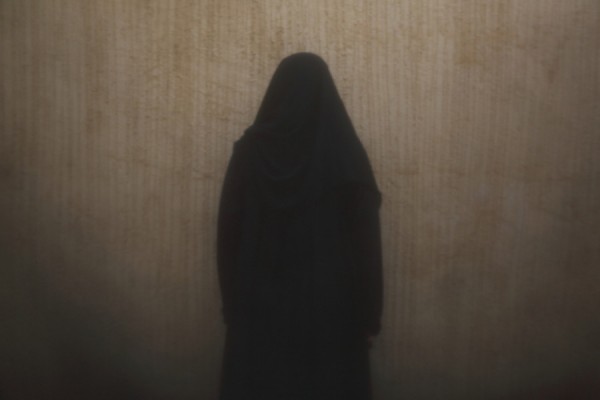
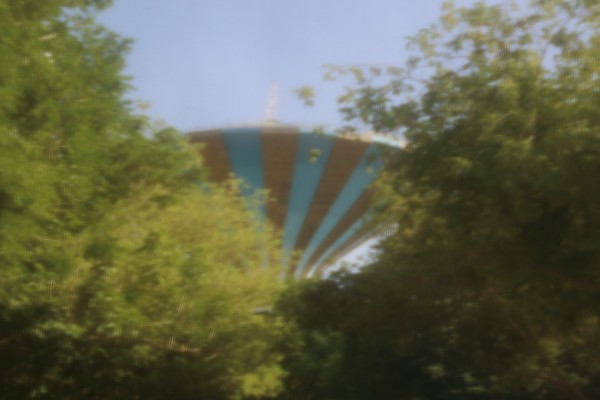
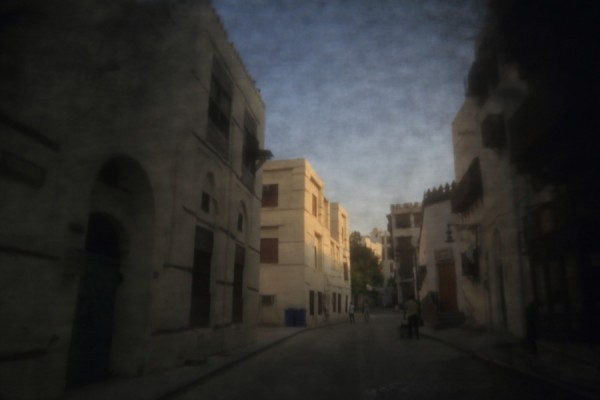
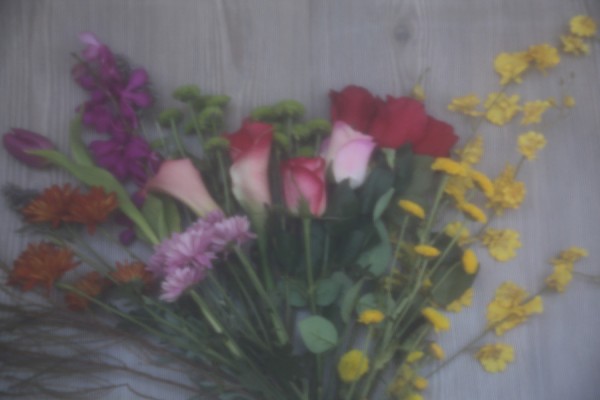
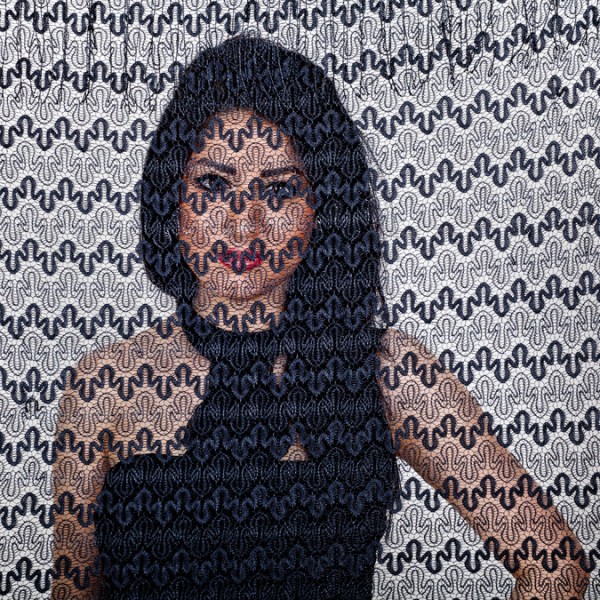
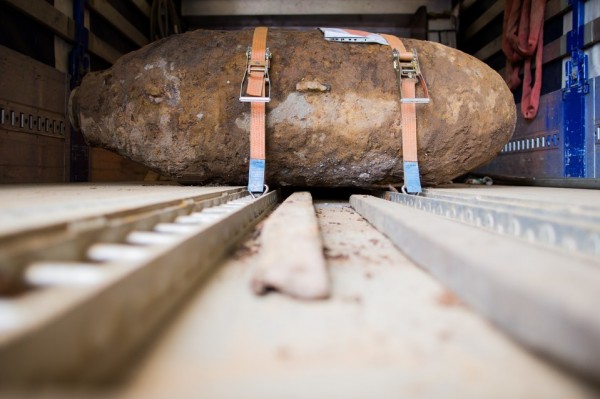
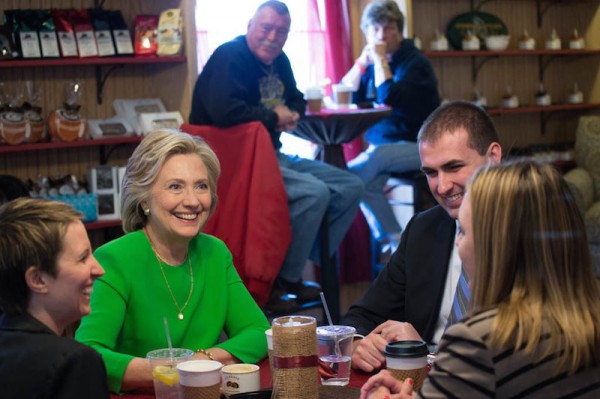
Reactions
Comments Powered by Disqus